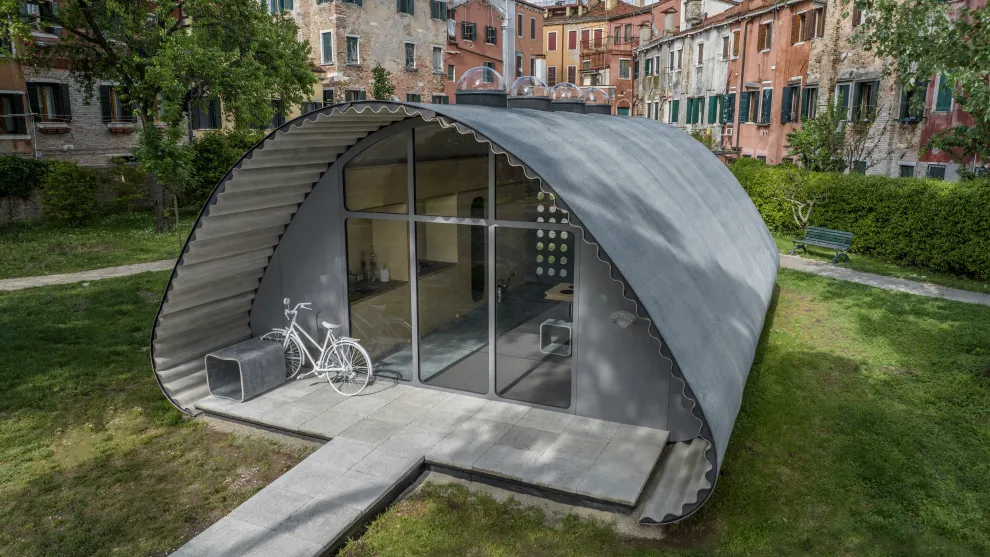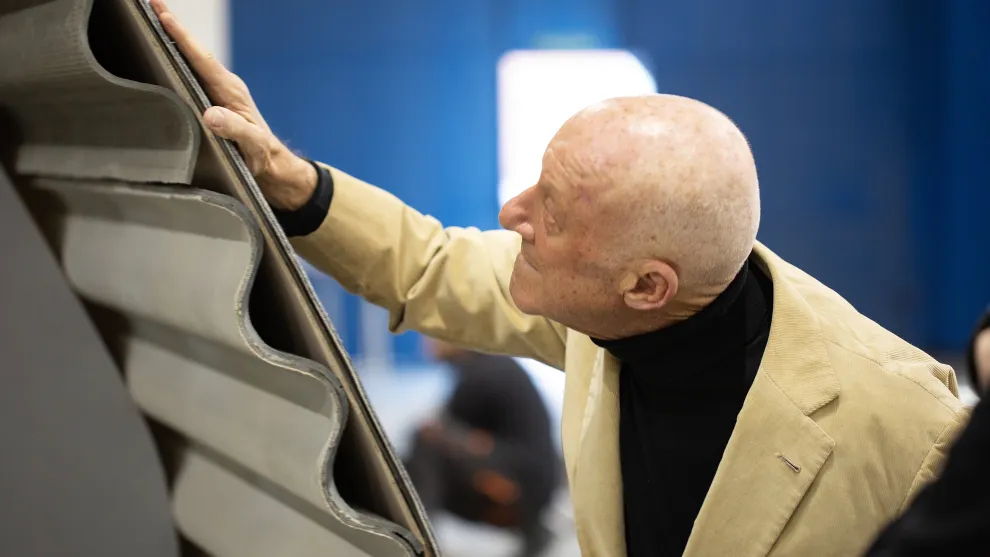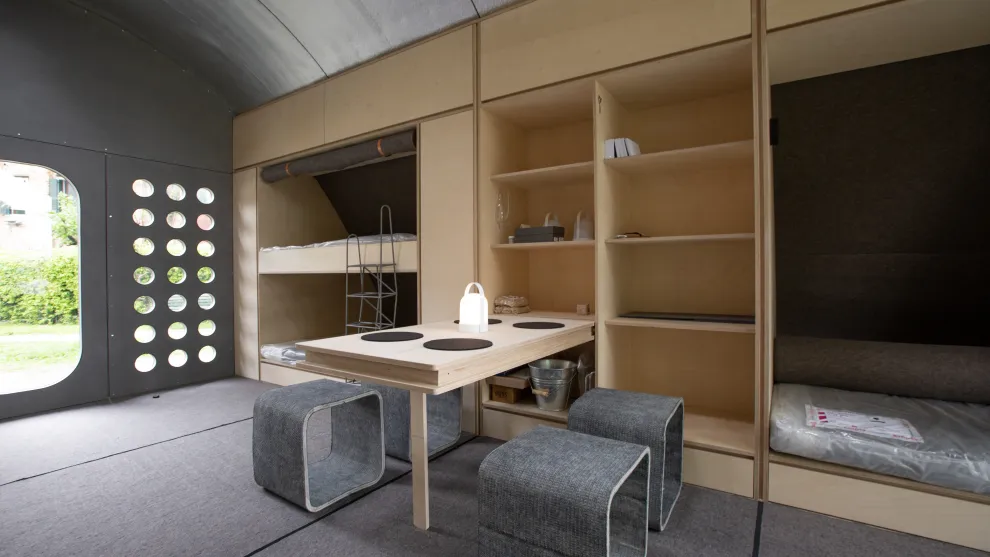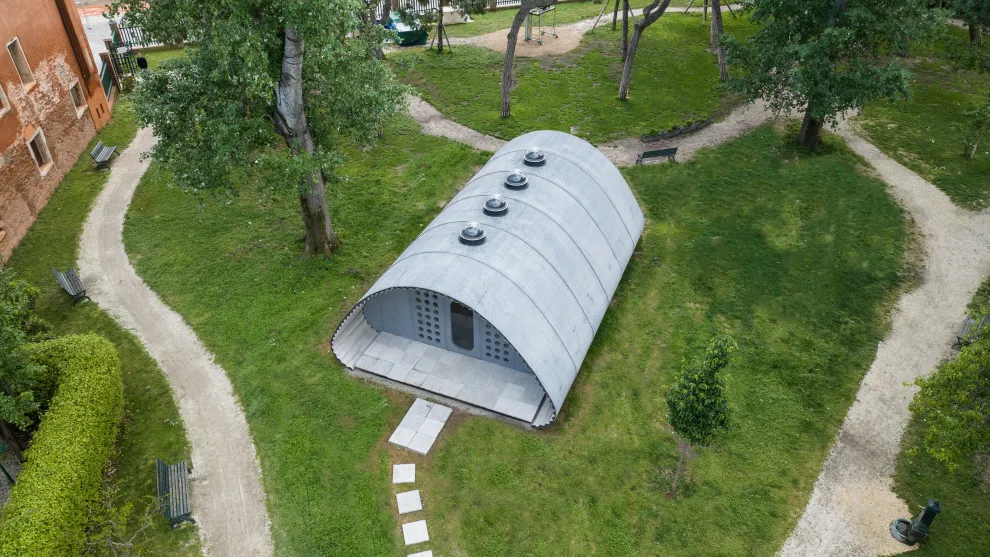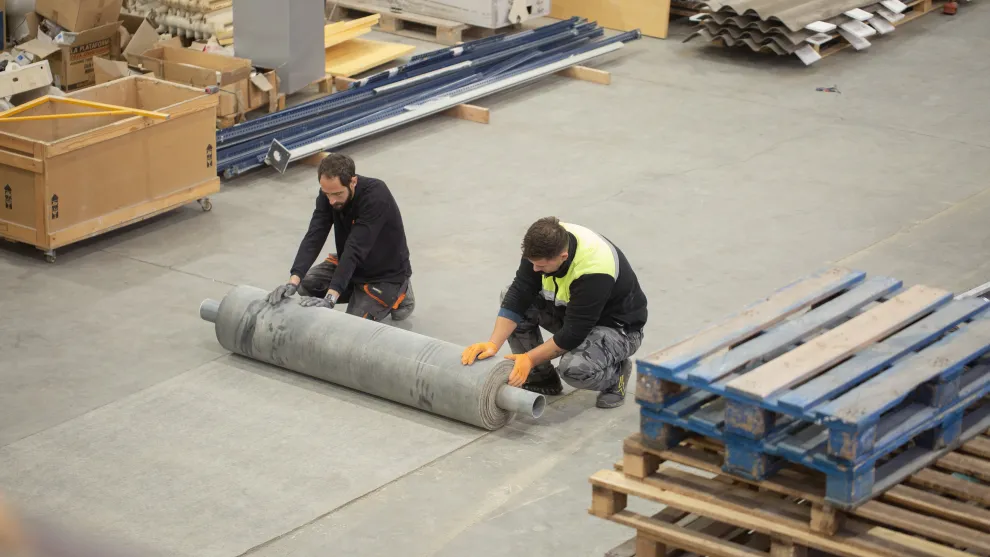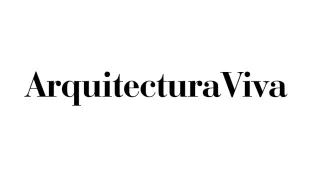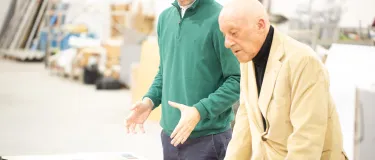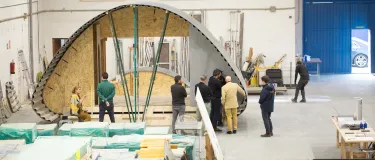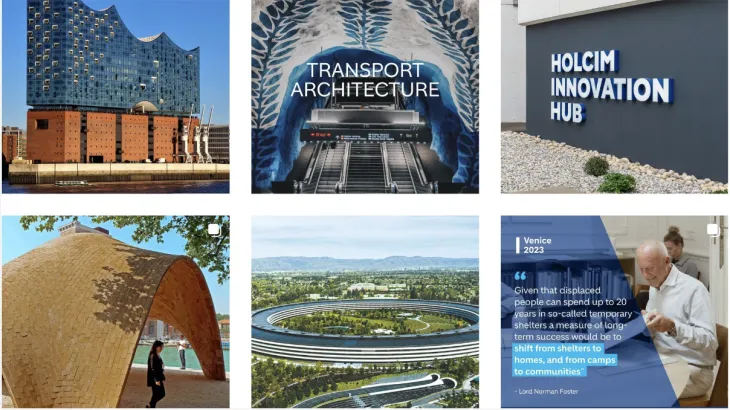Today at 103 million, the number of displaced people is continuously growing. Settlements that are meant to be temporary become places where families can spend decades.
But everyone has the right to a home that is built sustainably. This was the premise of the Essential Homes Research Project, a partnership between the Norman Foster Foundation and Holcim.
An Essential Home is a place that provides durability, safety, dignity and wellbeing; and that is built sustainably. The Norman Foster Foundation integrated these characteristics in the design.
Holcim built it in a sustainable way, making it:
LOW-CARBON
with solutions like ECOPact concrete
ENERGY-EFFICIENT
with insulation from Airium™ to Elevate
CIRCULAR BY DESIGN
with modules fully recyclable at end of use and ECOCycle®️ recycled construction and demolition materials inside
To accommodate families’ evolving needs the Essential Homes are modular; when replicated side-by-side they form open public spaces, enhancing a sense of community.
The Essential Homes Research Project was presented in Venice during the 2023 Architecture Biennale, and opens the conversation about making sustainable building possible for all.
103 MILLION PEOPLE
DISPLACED TODAY
20 YEARS AVERAGE
DURATION OF DISPLACEMENT
PRESS COVERAGE - SELECTION
AWARDS
Our commitment to sustainability and innovation has been recognized by the Global Design & Architecture Awards. We were named the winner of the Architectural Innovation of the Year (Built) award and runner-up for Sustainable Project of the Year (Built).
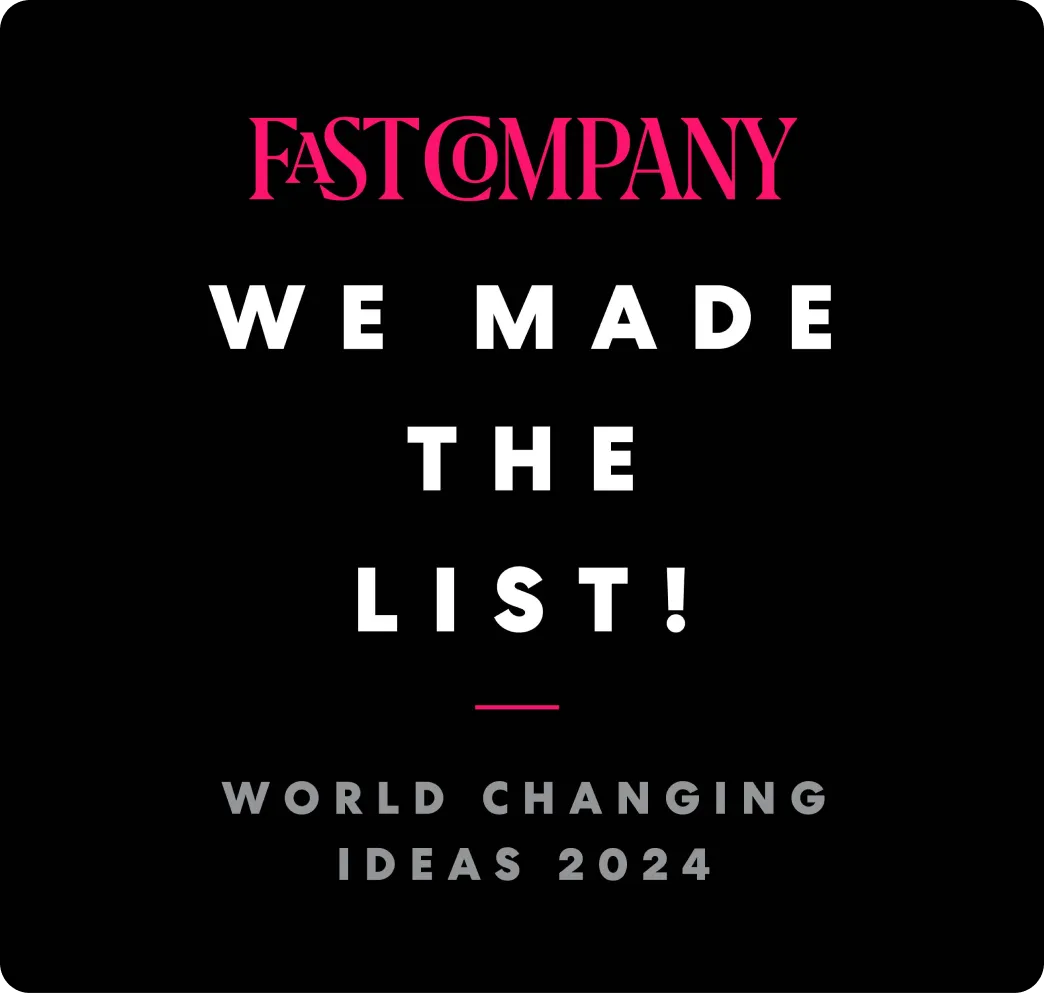



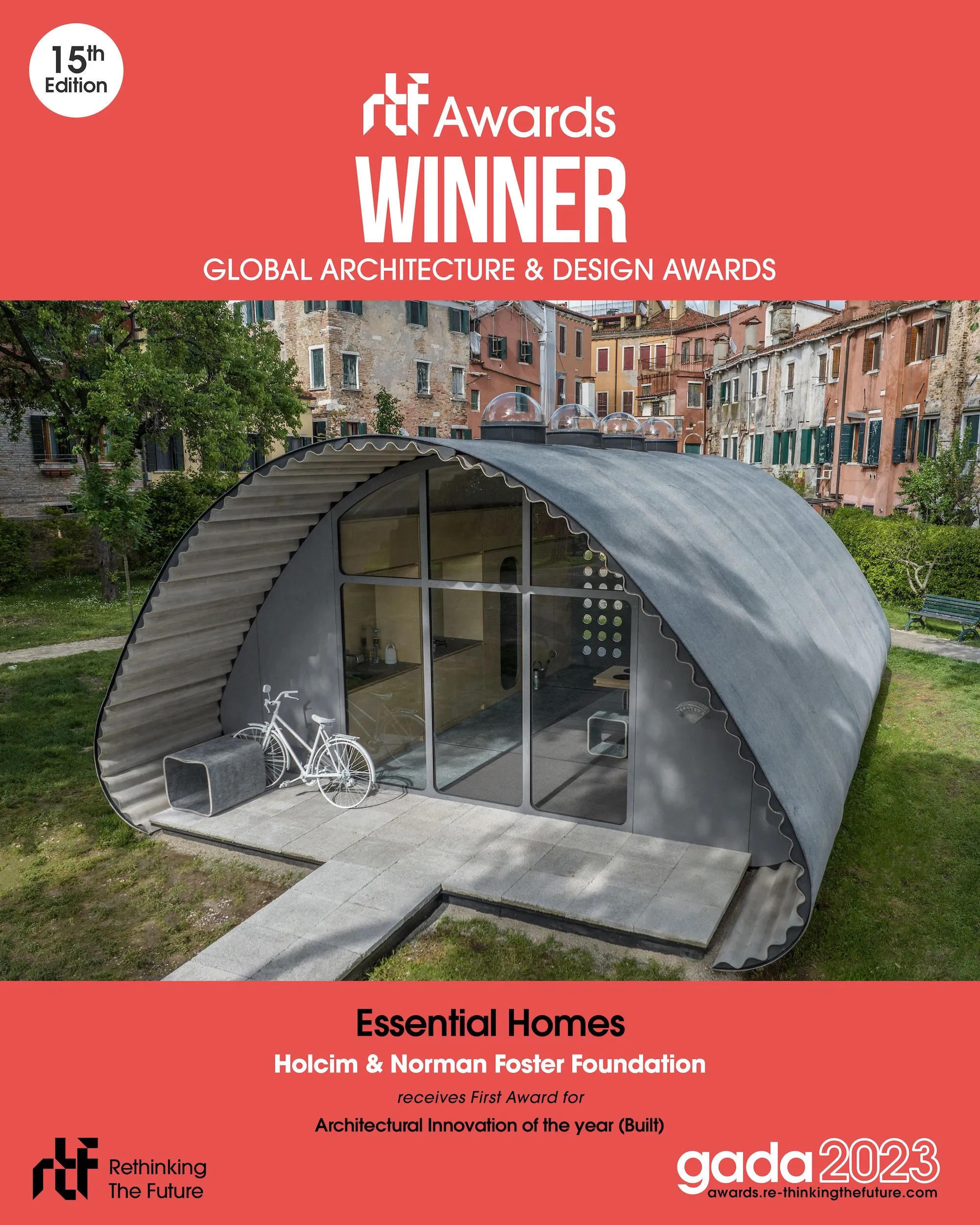
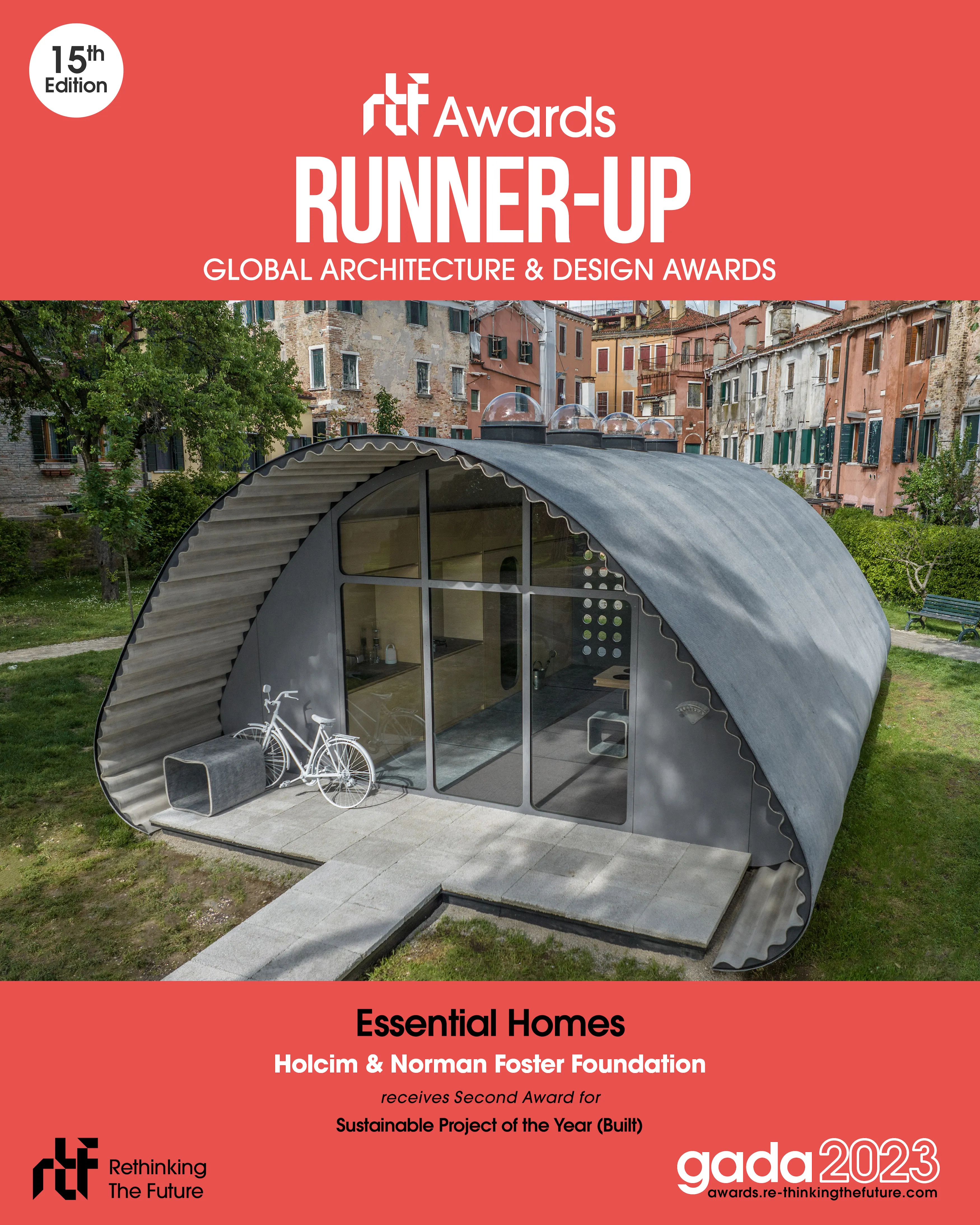
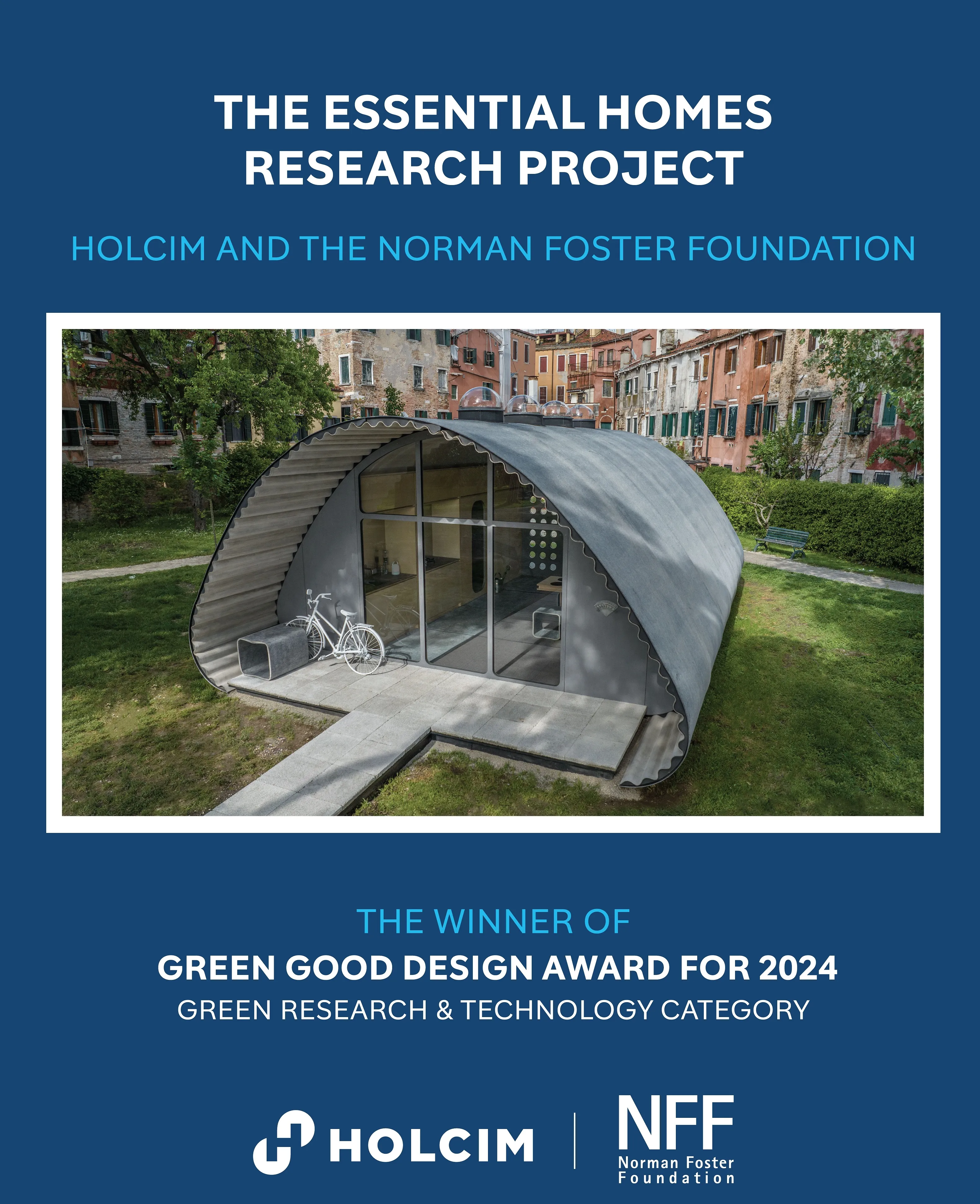
ESSENTIAL HOMES RESEARCH PROJECT: MAKING SUSTAINABLE BUILDING POSSIBLE FOR ALL
The Essential Homes Research Project was inspired by the Shelters Workshop, organized by the Norman Foster Foundation in June 2022 and supported by Holcim.
Bringing together leading academics and students from around the world, the five-day educational program explored the challenges and potential solutions to provide emergency shelters to vulnerable communities. Following this initiative, Holcim invited Norman Foster and his team to continue exploring these ideas, and together they developed the Essential Homes Research Project.
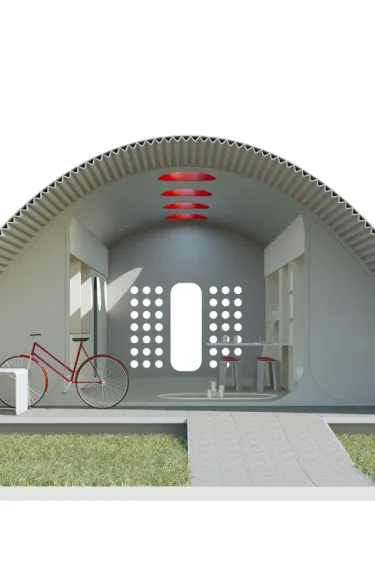


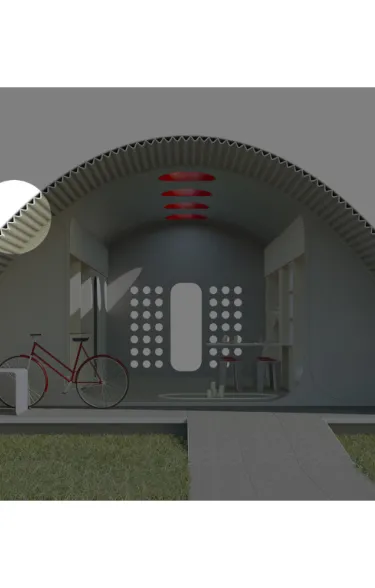
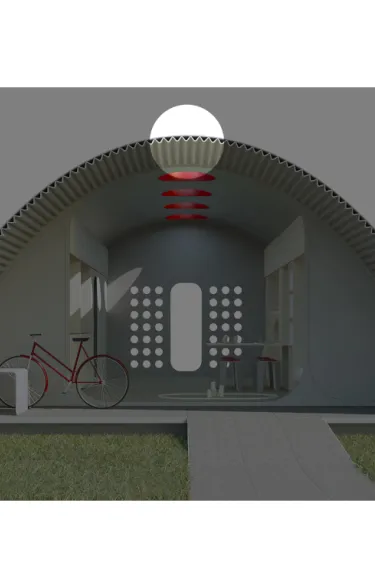
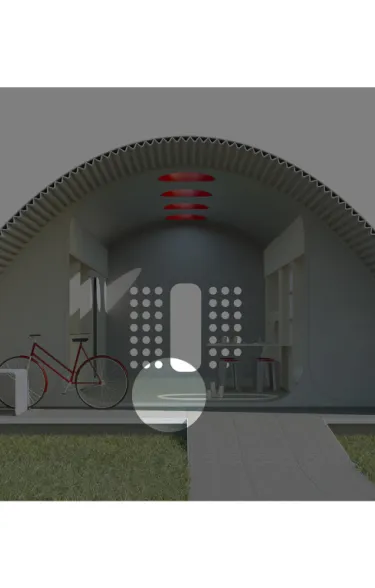
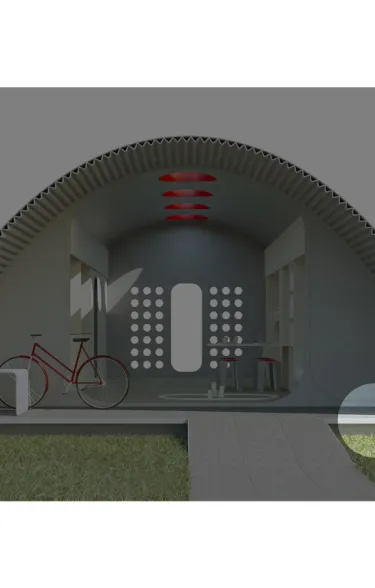
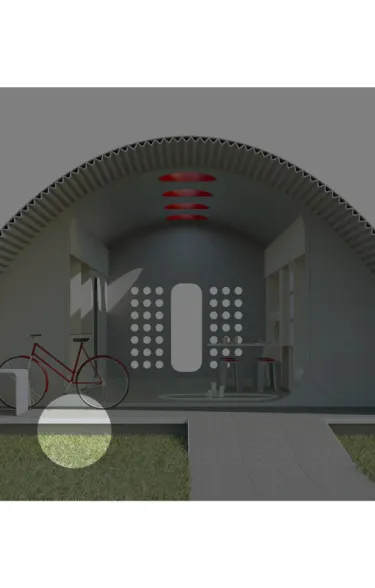
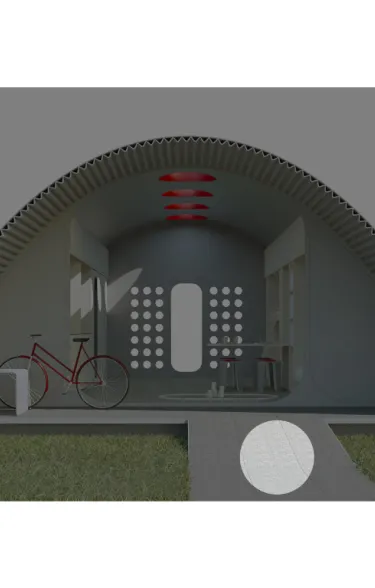

Showcased in Venice during the 2023 Biennale of Architecture, a real-size prototype of an Essential Home has been built using the Norman Foster Foundation's design and Holcim's sustainable building solutions.
Highly sustainable, this home has a 70% lower CO2 footprint compared to traditional structures.
Low-carbon rollable concrete sheets compose the home’s shell, providing physical safety. The company Concrete Canvas used Holcim’s custom low-carbon cement mix with 20% less CO2. Rollable concrete is an easy-to-install solution that also uses up to 95% less material than standard applications.
The home is insulated with Airium™ insulating mineral foam in the roof…
… and Elevate boards in the floor, ensuring thermal and acoustic comfort and energy efficiency.
Holcim’s ECOCycle®️ recycled construction demolition materials are used to make the base more weather resilient.
Respecting the environment it sits in, the Essential Home does not need any excavation, as it lies on an Elevate membrane to prevent moisture from getting into the building.
Pathways made of permeable ECOPact low-carbon concrete connect the home units. This solution not only allows nature to grow; luminescent aggregates are integrated in the mix to absorb light during the day and reflect it at night, enhancing safety while reducing energy use and light pollution.
In line with Holcim’s commitment to circular construction, the home is fully recyclable. At the end of its use, the Essential Home can be dismantled and its various components reused in new buildings, or recycled for other purposes.
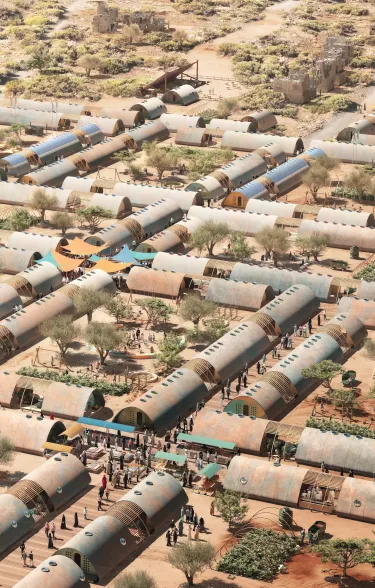


The modular nature of the design accommodates the evolving needs of families of different sizes. When replicated side-by-side, the curved shape of the homes forms open areas between them, creating public space for everyone.
Holcim and Norman Foster Foundation developed a new Essential Homes prototype for rollout in Latin America in 2025. The project was developed following an in-depth study of local housing conditions and the environment.
